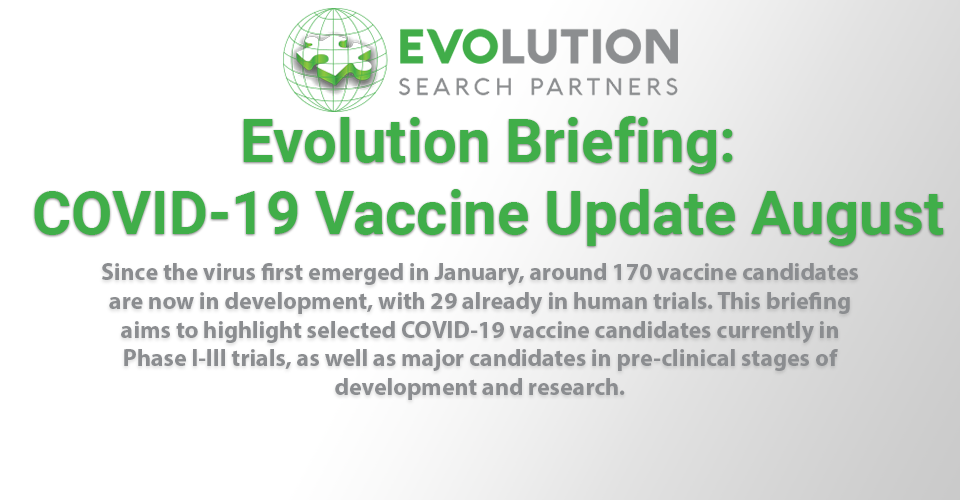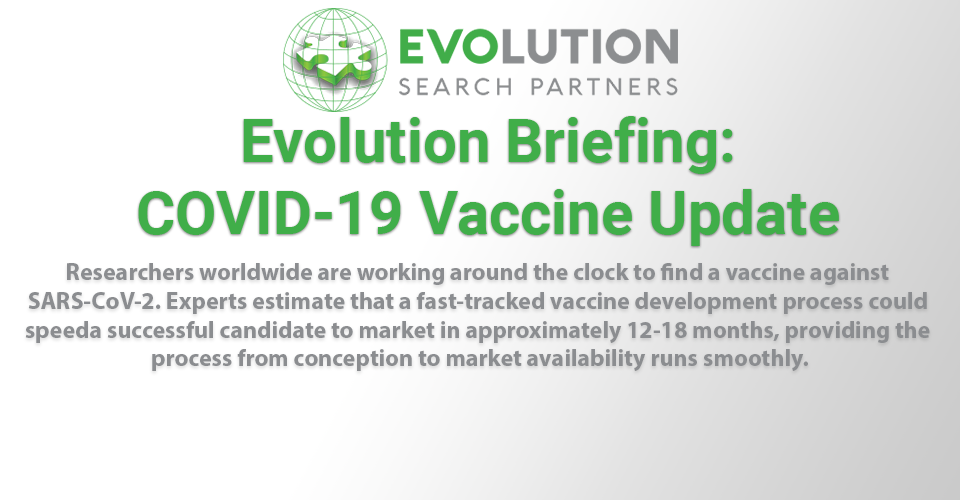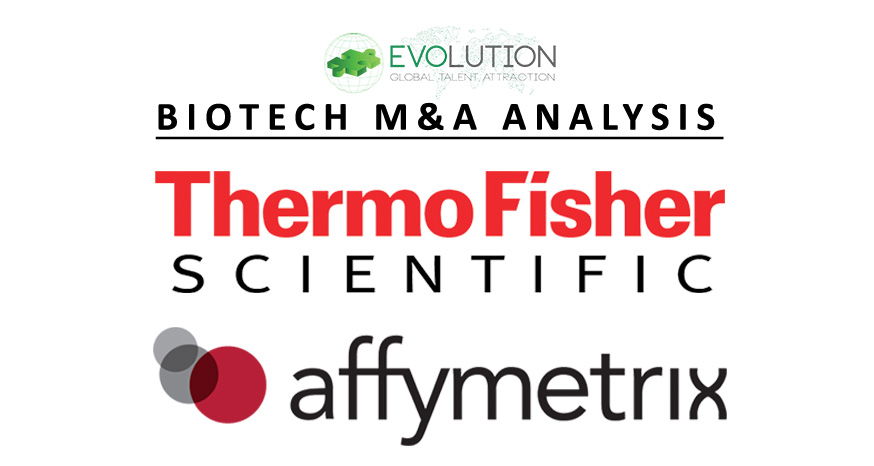
Evolution M&A Analysis: Thermo Fisher to Acquire Affymetrix for $1.3 billion
January 12, 2016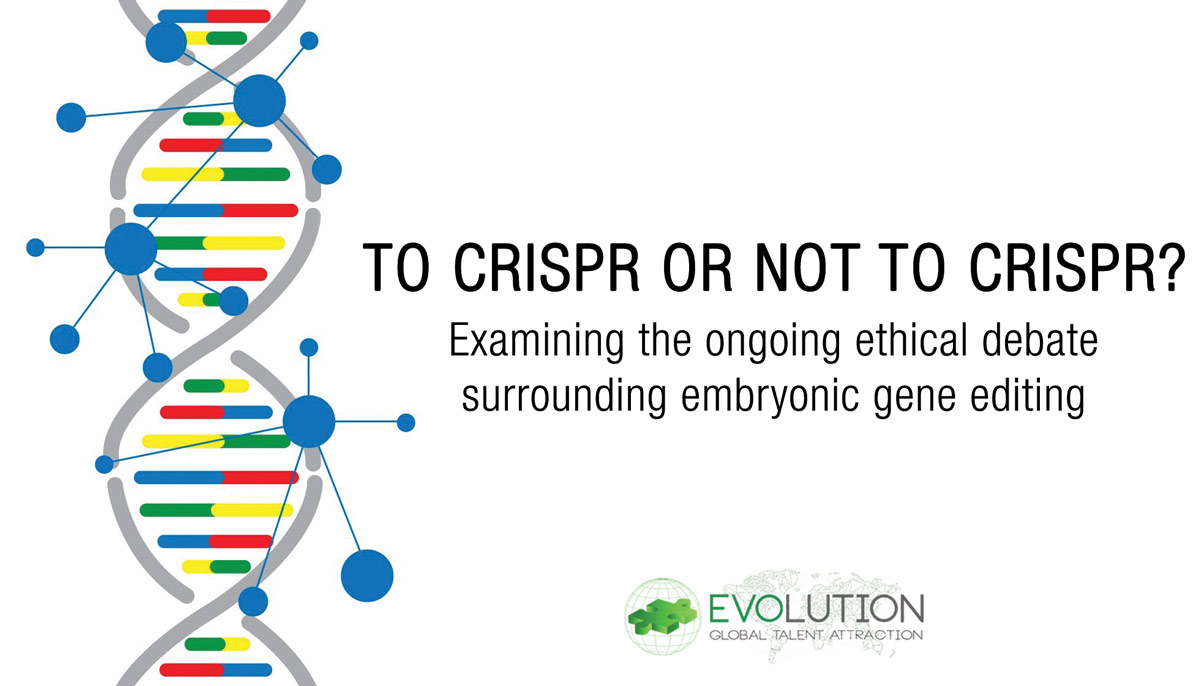
To CRISPR or not to CRISPR: The Ongoing Ethical Debate Surrounding Embryonic Gene Editing
February 2, 2016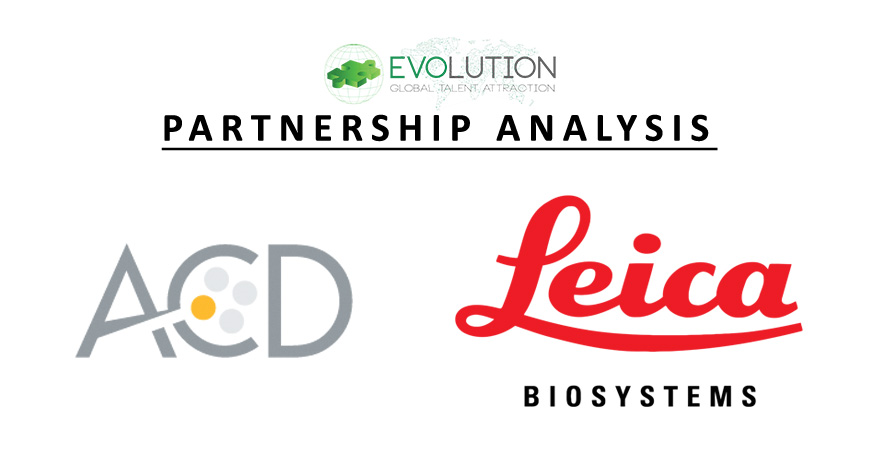
Advanced Cell Diagnostics and Leica Biosystems have announced a comprehensive partnership to develop and commercialise tissue-based diagnostic tests based on ACD’s RNAscope in situ hybridisation (ISH) assays and Leica’s clinical advanced staining instruments. The combination of ACD’s RNAscope technology with Leica Biosystems’ fully automated pathology solutions allows researchers to integrate the power of new RNA-based biomarker tests into the existing pathology workflow.
The partnership highlights a deepening relationship between the companies and comes in response to the rapid adoption of RNAscope LS assays, jointly launched by ACD and Leica in 2014, by major biopharmaceutical companies and research institutions for use in preclinical and translational research and for patient selection in clinical trials. Uptake within the research community is rapidly spreading from the initial target market of cancer tissue analysis into areas such as stem cells and infectious disease development. ACD and Leica will continue to build on the success of the initial assays by expanding their partnership into clinical diagnostics with commercialisation expected in the first half of 2016.
Dr. Yuling Luo, President and CEO of ACD, notes that “the adoption of RNAscope technology onto Leica Biosystems’ clinical advanced staining instruments creates a new paradigm for tissue-based diagnostics. For the first time, diagnostic test developers in biopharmaceutical companies and pathology laboratories will be able to develop and commercialize novel tissue diagnostics with unprecedented ease, speed and performance.”
Dr. Frank Rinaldi, Director of Market Intelligence & Innovation at Evolution Bioscience, asserts that ACD’s RNAscope technology is the “best in class for reliable, robust and sensitive in situ assessment of RNA expression in cells. This allows researchers to precisely identify which cells in a heterogeneous cell population are producing an RNA molecule of interest. Alternative techniques give a cumulative profile of all cells in a population, and whilst single cell analysis could be viewed as competing, this technique is methodologically cumbersome relative to RNAscope.”
The antibody-based immunohistochemical approach is the most commonly used alternative to RNAscope. “This approach is not always feasible,” explains Dr. Rinaldi, “Ultimately this is down to two main factors. Firstly, antibody availability remains an issue, as there is not a corresponding antibody for every protein of interest. Secondly, antibody quality can have a significant impact on research studies, and from January 2016 onwards, the US National Institutes of Health (NIH) will require that all grant applications include a new section describing efforts to authenticate the antibodies used in experiments. Whilst this new policy will likely be viewed negatively by antibody suppliers, it could provide a powerful and unexpected stimulus for RNAscope.”
The tissue diagnostic space is a high-volume sector, with upwards of 7 million tissue samples tested annually in US labs alone. Histopathology is a critical component of the diagnostic process, contributing to 70% of all medical decisions. By 2030, it is estimated that there will be 23.6 million new cancer cases identified globally, representing a 68% increase in cases when compared to 2014. ACD’s deepening partnership with Leica provides an excellent platform for the high throughput approaches that will be required to process an ever-increasing number of samples, many of which will greatly benefit from the new tissue-based diagnostic tests that will arise from the partnership.
Follow Evolution Global Talent Attraction on LinkedIn, Xing, Twitter and Facebook to keep up-to-date with news and trends from the biotechnology, biosciences, medical device, IT and Intellectual Property industries. Read ACD Bio’s full press release regarding the Leica Biosystems Partnership here.

